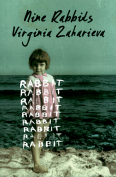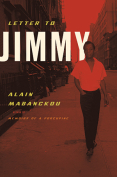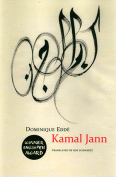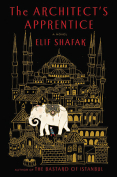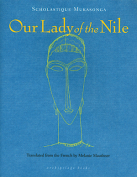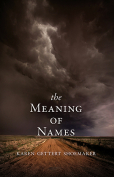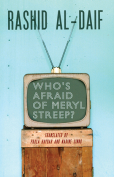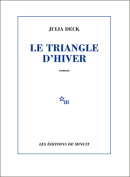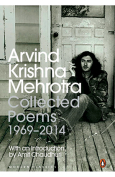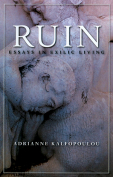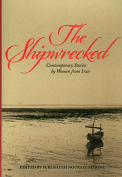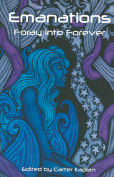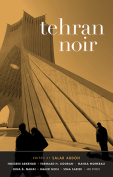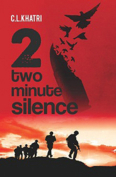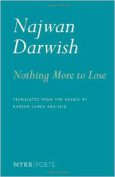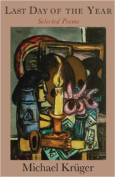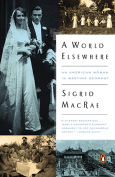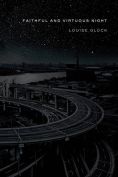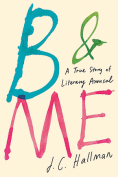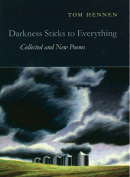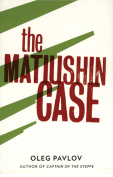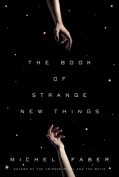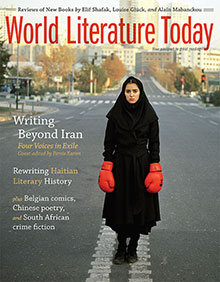Collected Poems: 1969–2014 by Arvind Krishna Mehrotra
Gurgaon, Haryana. Penguin Books India. 2014. ISBN 9780143420842
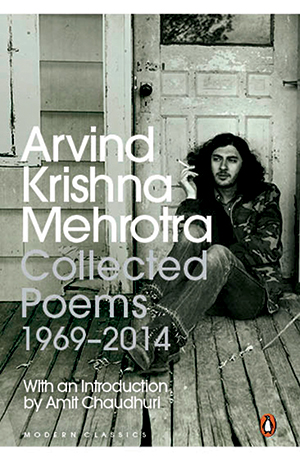 Arvind Krishna Mehrotra’s last poetry collection, before the one under review, was published almost twenty years ago. In the meantime, a significant number of “new poems” kept appearing in various anthologies, journals, and magazines. But when faithful readers, their appetite whetted by a volume of translations (Songs of Kabir, 2011) and one of essays (Partial Recall, 2012), were gearing up for a new book of verse, Penguin India (now Penguin Random House, part of the new global brand created by the merger of Bertelsmann and Pearson) decided to bring out a volume of collected poems instead. A marketing decision? Possibly, since it is hard to think of Mehrotra as a poet who has exhausted his creative vein and whose statements are mainly retrospective.
Arvind Krishna Mehrotra’s last poetry collection, before the one under review, was published almost twenty years ago. In the meantime, a significant number of “new poems” kept appearing in various anthologies, journals, and magazines. But when faithful readers, their appetite whetted by a volume of translations (Songs of Kabir, 2011) and one of essays (Partial Recall, 2012), were gearing up for a new book of verse, Penguin India (now Penguin Random House, part of the new global brand created by the merger of Bertelsmann and Pearson) decided to bring out a volume of collected poems instead. A marketing decision? Possibly, since it is hard to think of Mehrotra as a poet who has exhausted his creative vein and whose statements are mainly retrospective.
Covering forty-five years of poetic activity, and including both original verse and translations, the book documents the unfolding and attuning of a poetic voice who is not only one of anglophone India’s most genuine and original but also one of the very few with an appreciative following abroad (mostly in America, although Mehrotra has lectured in England and is not unknown on the Continent, where some of his poems have been published in translation). It opens with thirty-four “new” poems, which were written “not in the last year or two but in the last fifteen,” and continues with comprehensive selections from Mehrotra’s four books of verse: Nine Enclosures (1976), Distance in Statute Miles (1982), Middle Earth (1984), and The Transfiguring Places (1998).
Arranged in the chronological order of their book publication, the poems chart Mehrotra’s distinctive progress from the seductions of surrealism (the discovery of which, he explains, helped “resolve the awful contradiction between the world I wanted to write about . . . and the language, English, I wanted to write in”) to the complex representations and the reverse perspectives of postmodernism and beyond. The exotic juxtapositions and combinations of apparently unrelated objects, images, and such—“The smell / Of ink and / The shape of / Wyoming”—and the paratactic kaleidoscopies of the early poems find a more mature and technically accomplished expression in the poems from The Transfiguring Places on, which tend to be more openly, but also more intricately, autobiographical: “Back in the old house, / But I’m not back there yet, / And won’t be until June, / In the summer break.”
The last third of the book consists of translations, without which Mehrotra’s poetic achievement would not be adequately represented. These include selections from The Absent Traveller: Prākrit Love Poetry from the Gāthāsaptaśatī of Sātavāhana Hāla (1991), dating from the first and second century CE; the already-mentioned Songs of Kabir, which re-creates in a sparkly idiomatic English the medieval Hindi of the celebrated fifteenth-century bhakti (devotional) poet from Benares; and samples from a growing body of uncollected translations of modern and contemporary poetry, mostly Hindi but also Bengali and Gujarati. Amit Chaudhuri’s perceptive introduction provides the level of in-depth analysis that Mehrotra’s poetry clearly deserves.
Graziano Krätli
North Haven, Connecticut
